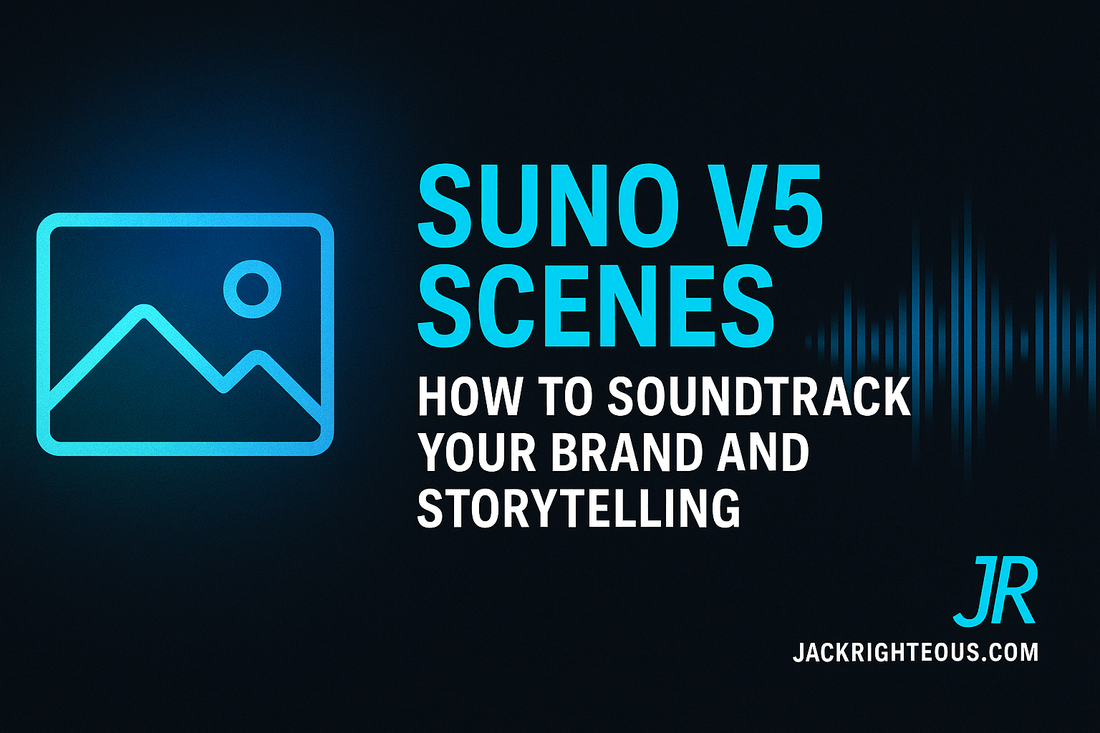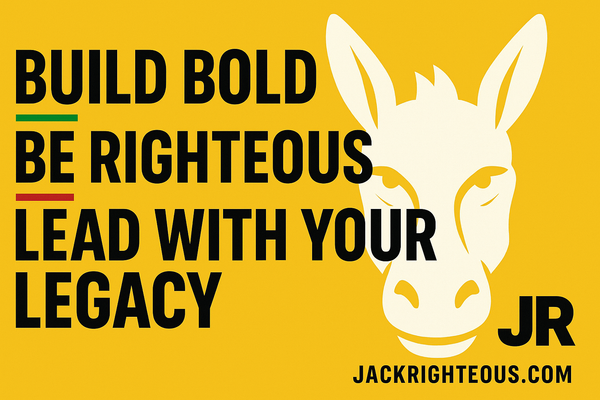
Suno V5 Scenes: Soundtrack Your Brand
Gary WhittakerSuno V5 Scenes: How to Soundtrack Your Brand and Storytelling
Most Suno creators overlook one of the most powerful tools in V5 — Scenes. While others chase Hoooks or Remaster tricks, you can turn a single image into a soundtrack that defines your brand. For musicians, storytellers, and entrepreneurs, this feature is more than fun — it’s a brand development weapon.
In this article, we’ll explore how Suno V5 Scenes work, why they matter for brand growth, and how you can use them to transform songs, characters, or stories into memorable audio-visual experiences.
What Are Scenes in Suno V5?
Scenes allow you to upload an image or video — like a still photo, logo animation, or teaser clip — and Suno generates music that matches the mood and tags you provide. The result is a soundtrack that feels like it was composed directly for your visual.
- Sunset → ambient pads + soft piano
- Ocean → chill synths + lo-fi groove
- Urban night → jazz + hip hop beat
From there, you can refine the result using the Studio Timeline with tools like Replace, Extend, and Remaster.
Why Scenes Matter for Brand Development
For Musicians
Pair your single cover art or promo visuals with Scene-generated loops. Instead of posting static images, turn them into living soundtracks that fans immediately associate with your sound.
For Storytellers
Give each character in your narrative a theme song. Scenes let you attach sonic identities to visual art, enhancing immersion and emotional connection.
For Brands
Even small businesses or creators can use Scenes to create a sonic signature. Imagine your logo reveal accompanied by a recognisable 30-second loop that becomes your brand’s audio calling card.
Scene-to-Brand Workflow
- Choose Visual – logo, character art, book cover, or promo clip.
-
Add Tags – combine 1–2 genres + 1 mood + optional instruments. Example:
Lo-fi + Acoustic, Haunting, Vinyl hiss. - Generate Scene – create the first pass.
- Refine in Studio Timeline – Replace weak spots, Extend if too short.
- Export Loop – 30–90 seconds, crop & fade.
- Deploy Across Channels – social teaser, blog embed, logo reveal, or newsletter background.
- Remix/Reuse – take the loop, run it through a Persona swap or Cover mode for variety.
- Share via Hoooks – upload your Scene snippet to test engagement before a full release.
Best Practices for Scene Soundtracks
- Be Specific With Mood Tags: “Haunting” works; “Chill” is too vague.
- Think in Loops: Most brand promos work best in 30–60s segments. Add “loop-friendly” in prompts.
- Match Identity: Choose genres and moods that align with your brand or character essence.
-
Track Outputs: Use consistent naming like
BrandLogo_SceneLoop_V1.wavto stay organised.
Pro Tip: If your Scene output feels too modern, add texture cues like “vinyl hiss” or “tape-saturated” to force retro authenticity.
Example Prompt Templates
-
Song Promo Scene:
Lo-fi hip hop with vinyl hiss, loop-friendly beat, warm Rhodes – [Chorus instrumental section only] -
Character Theme Scene:
Dark jazz + hip hop, haunting trumpet, somber mood – [Intro instrumental] -
Brand Reveal Scene:
Epic synthpop with retro arps, uplifting mood, clean mix, loop-friendly
Closing Thoughts
Suno V5’s Scenes are more than a novelty — they’re a strategic brand development tool. Whether you’re teasing a new track, introducing a fictional character, or creating a sonic identity for your brand, Scenes let you bridge the gap between visuals and sound.
Takeaway: Don’t just post images. Transform them into soundtracks, polish them in the Studio Timeline, and share them via Hoooks to maximise reach. That’s how you build recognition, deepen connection, and grow your creative brand in 2025.

